RESTORING
HOPE
RESTORING
HOPE
RESTORING
HOPE
RESTORING
HOPE
RESTORING HOPE
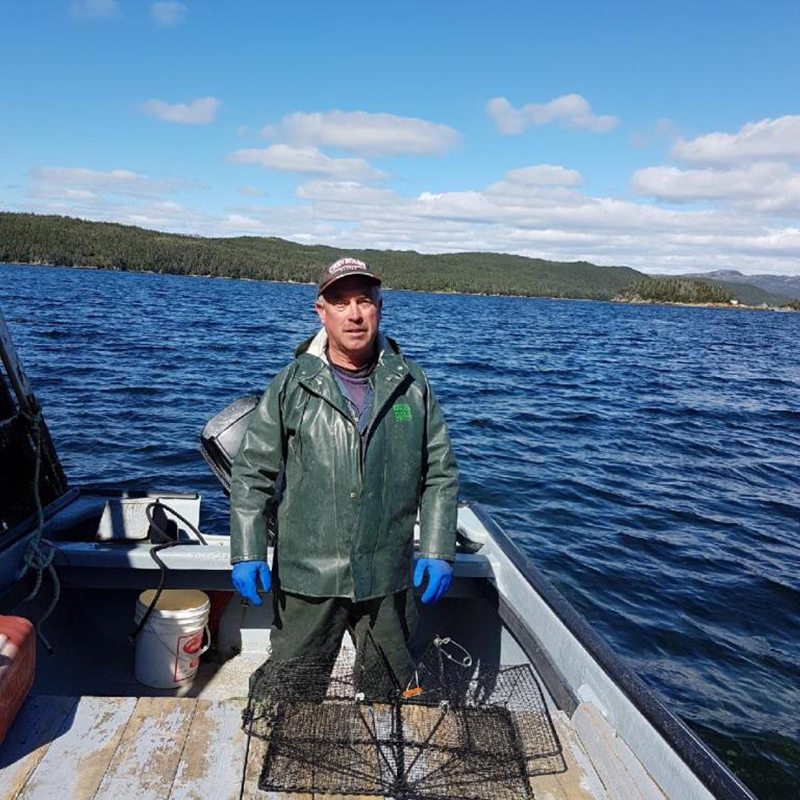
Gary Hussey
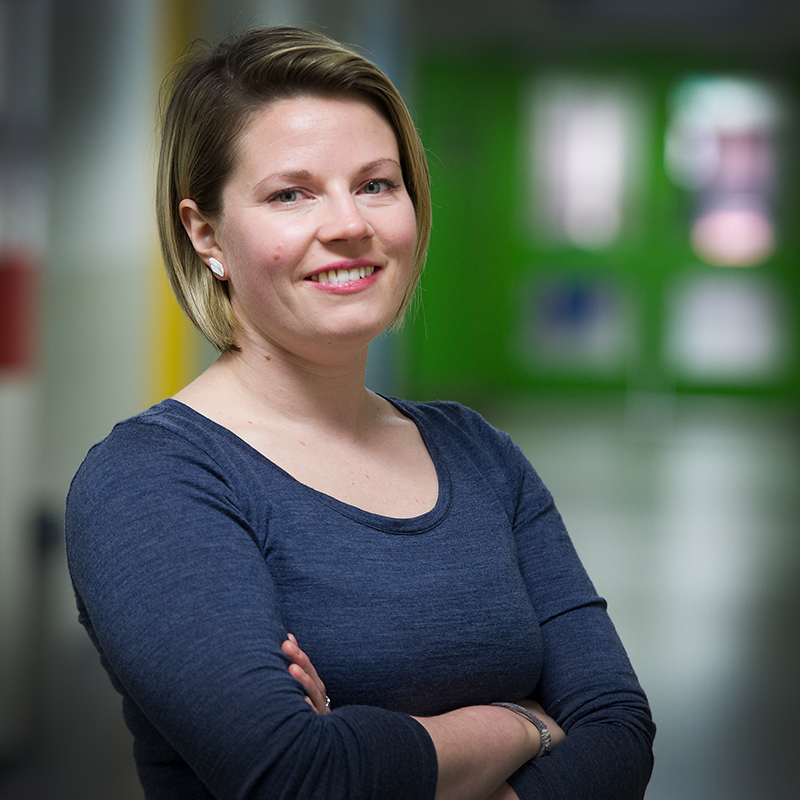
Kiley Best
Kiley Best
Reviving livelihood in Placentia Bay
Coastal eelgrass beds, which serve as nurseries for juvenile cod and shellfish, have declined in Placentia Bay over the past 10 years. Globally, eelgrass beds are in decline due to climate change and local stressors. In Placentia Bay, an invasive species, the European green crab, has been damaging eelgrass stems and plant shoots when burrowing for shelter or food.
Gary Hussey has been a fish harvester in Placentia Bay for the past 32 years. Mr. Hussey lives in North Harbour and fishes off of Woody Island.
“The green crab are destroying a lot of the habitat, the eelgrass—they’re cutting that away, and that’s where a lot of the small fish live,” said Mr. Hussey.
For the past two years Mr. Hussey and other fish harvesters in the area have worked with a team of researchers, staff and graduate students from the Marine Institute’s Centre for Fisheries Ecosystem Research (CFER) on a five-year, $4.7-million project to restore underwater eelgrass beds and enhance fish habitat in Placentia Bay. The project is funded by Fisheries and Oceans Canada’s $71-million Coastal Restoration Fund.
Removal of the invasive green crab is part of the project. Using collapsible pots, Mr. Hussey has been hauling green crab twice a day.
“We’re hoping to put a dent in them, trying to get rid of them, to see what will happen to the fishery in the future,” said Mr. Hussey. “I hope that, if we get a handle on the green crab, more lobsters and scallops will come back. It’s our livelihood, you know.”
Reviving livelihood in Placentia Bay
Coastal eelgrass beds, which serve as nurseries for juvenile cod and shellfish, have declined in Placentia Bay over the past 10 years. Globally, eelgrass beds are in decline due to climate change and local stressors. In Placentia Bay, an invasive species, the European green crab, has been damaging eelgrass stems and plant shoots when burrowing for shelter or food.
Gary Hussey has been a fish harvester in Placentia Bay for the past 32 years. Mr. Hussey lives in North Harbour and fishes off of Woody Island.
“The green crab are destroying a lot of the habitat, the eelgrass—they’re cutting that away, and that’s where a lot of the small fish live,” said Mr. Hussey.
For the past two years Mr. Hussey and other fish harvesters in the area have worked with a team of researchers, staff and graduate students from the Marine Institute’s Centre for Fisheries Ecosystem Research (CFER) on a five-year, $4.7-million project to restore underwater eelgrass beds and enhance fish habitat in Placentia Bay. The project is funded by Fisheries and Oceans Canada’s $71-million Coastal Restoration Fund.
Removal of the invasive green crab is part of the project. Using collapsible pots, Mr. Hussey has been hauling green crab twice a day.
“We’re hoping to put a dent in them, trying to get rid of them, to see what will happen to the fishery in the future,” said Mr. Hussey. “I hope that, if we get a handle on the green crab, more lobsters and scallops will come back. It’s our livelihood, you know.”
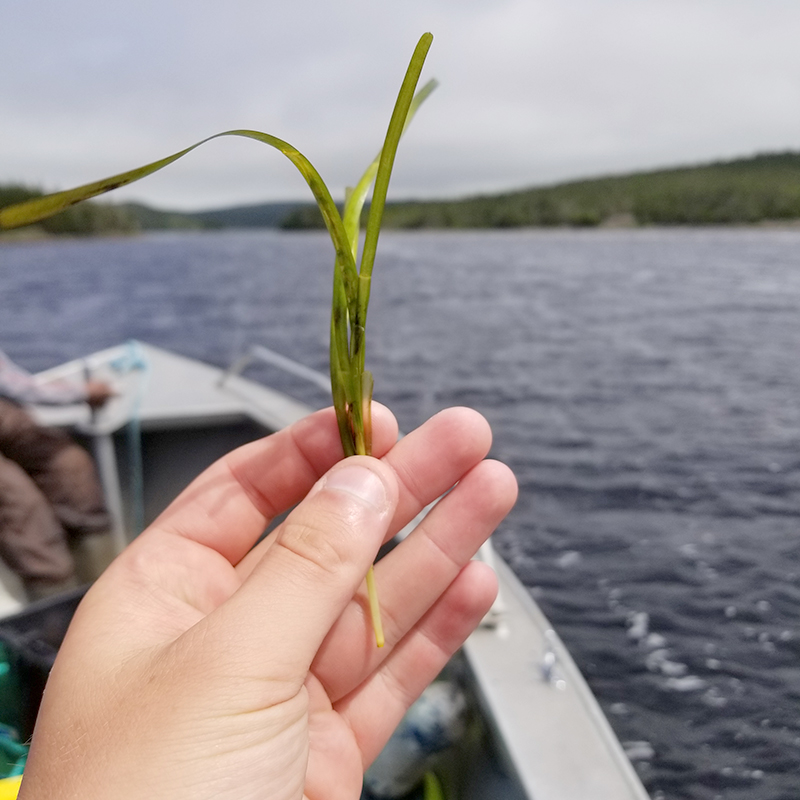
Eelgrass
Eelgrass
Community engagement and interest
Josh March, a natural resource technician and Green Team member with the Conservation Corps, has worked on this project for the past two years. As part of his work, Mr. March has been involved with the development of an aerial map that illustrates the presence and absence of eelgrass along the coast of Placentia Bay, and he’s planted and harvested eelgrass along the coast.
Community engagement and interest
Josh March, a natural resource technician and Green Team member with the Conservation Corps, has worked on this project for the past two years. As part of his work, Mr. March has been involved with the development of an aerial map that illustrates the presence and absence of eelgrass along the coast of Placentia Bay, and he’s planted and harvested eelgrass along the coast.
Community engagement and interest
Josh March, a natural resource technician and Green Team member with the Conservation Corps, has worked on this project for the past two years. As part of his work, Mr. March has been involved with the development of an aerial map that illustrates the presence and absence of eelgrass along the coast of Placentia Bay, and he’s planted and harvested eelgrass along the coast.
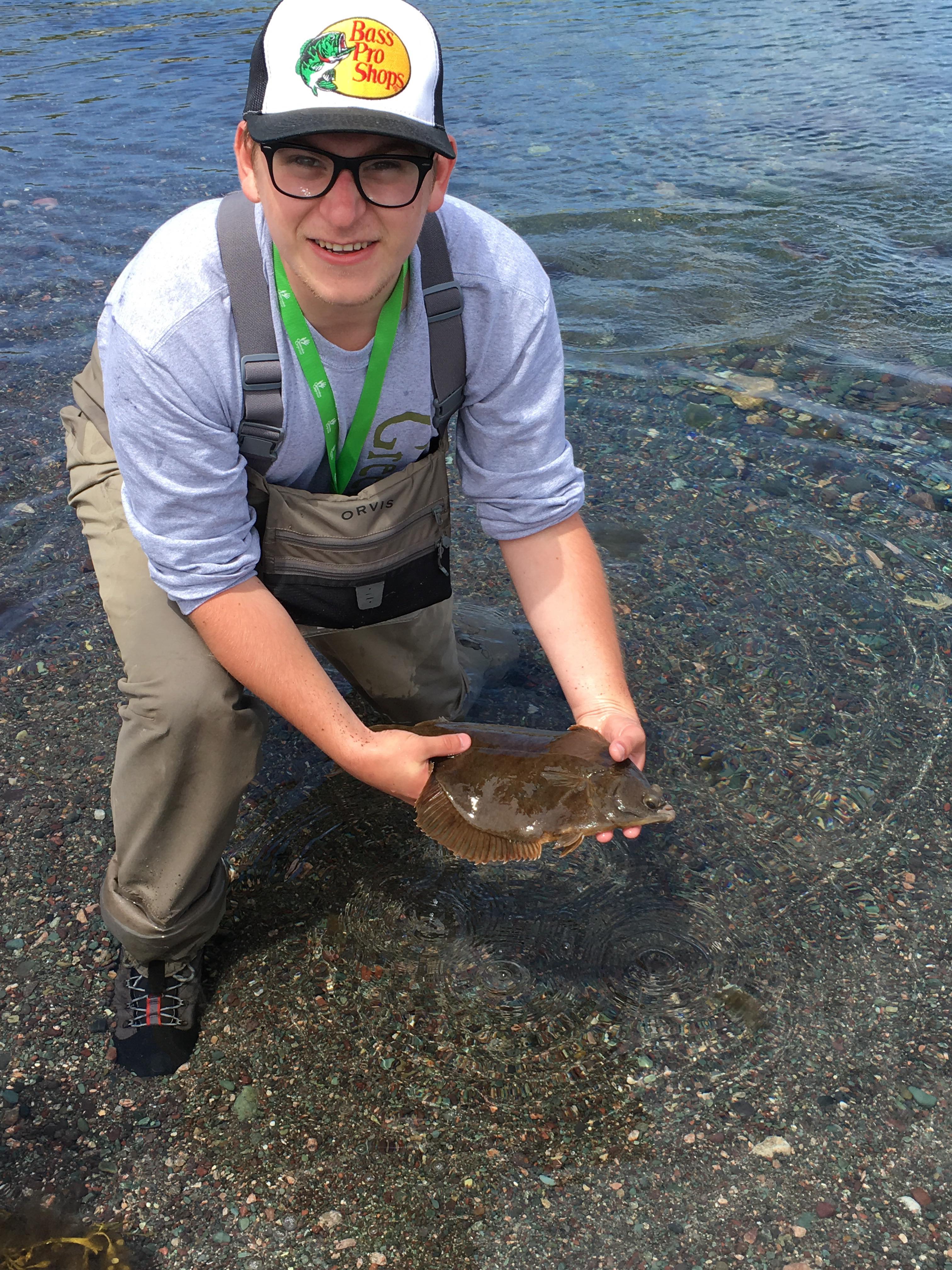
Josh March
Mr. March, who is from Blaketown, Trinity Bay, says he spends a lot of time in Placentia Bay.
“I live around that area and I’m a big salmon angler—a lot of my salmon angling is done out in Placentia Bay,” said Mr. March. “A lot of my recreation is done out there with trouting, salmon angling and even some bird hunting. The area is important to me and any work out in this area—it’s good to see it done.”
Mr. March says that the local community is interested in the project—especially the fish harvesters.
“This year a lot more people are interested in a positive way,” said Mr. March. “They’re coming down and seeing what’s being done, asking questions. It’s nice to be able to share information with people while you’re doing good work in the area. Most fishermen I talked to are excited about this. A lot of local fishermen in the area are actively involved in the project—removing the green crab—so they’re out in the field, doing a lot of the work. They’re excited about it.”
"I think a lot of great things can come from the project."
- KILEY BEST
Kiley Best, a fisheries biologist at the Marine Institute, says the project model could be used elsewhere. She hopes the results of this project and the information collected could be helpful for other areas of the province and contribute to global efforts.
“If we have success with this system—if the method works for restoring eelgrass—then we can use this model elsewhere in Newfoundland and Labrador to help even more places outside of this project,” said Ms. Best.
“I think a lot of great things can come from the project from the academic research side, to the ecological benefit side, to the community engagement side—it’s a well-rounded piece of work that Marine Institute should be proud of.”
Mr. March, who is from Blaketown, Trinity Bay, says he spends a lot of time in Placentia Bay.
“I live around that area and I’m a big salmon angler—a lot of my salmon angling is done out in Placentia Bay,” said Mr. March. “A lot of my recreation is done out there with trouting, salmon angling and even some bird hunting. The area is important to me and any work out in this area—it’s good to see it done.”
Mr. March says that the local community is interested in the project—especially the fish harvesters.
“This year a lot more people are interested in a positive way,” said Mr. March. “They’re coming down and seeing what’s being done, asking questions. It’s nice to be able to share information with people while you’re doing good work in the area. Most fishermen I talked to are excited about this. A lot of local fishermen in the area are actively involved in the project—removing the green crab—so they’re out in the field, doing a lot of the work. They’re excited about it.”
"I think a lot of great things can come from the project"
- KILEY BEST
Kiley Best, a fisheries biologist at the Marine Institute, says the project model could be used elsewhere. She hopes the results of this project and the information collected could be helpful for other areas of the province and contribute to global efforts.
“If we have success with this system—if the method works for restoring eelgrass—then we can use this model elsewhere in Newfoundland and Labrador to help even more places outside of this project,” said Ms. Best.
“I think a lot of great things can come from the project from the academic research side, to the ecological benefit side, to the community engagement side—it’s a well-rounded piece of work that Marine Institute should be proud of.”
Mr. March, who is from Blaketown, Trinity Bay, says he spends a lot of time in Placentia Bay.
“I live around that area and I’m a big salmon angler—a lot of my salmon angling is done out in Placentia Bay,” said Mr. March. “A lot of my recreation is done out there with trouting, salmon angling and even some bird hunting. The area is important to me and any work out in this area—it’s good to see it done.”
Mr. March says that the local community is interested in the project—especially the fish harvesters.
“This year a lot more people are interested in a positive way,” said Mr. March. “They’re coming down and seeing what’s being done, asking questions. It’s nice to be able to share information with people while you’re doing good work in the area. Most fishermen I talked to are excited about this. A lot of local fishermen in the area are actively involved in the project—removing the green crab—so they’re out in the field, doing a lot of the work. They’re excited about it.”
"I think a lot of great things can come from the project"
- KILEY BEST
Kiley Best, a fisheries biologist at the Marine Institute, says the project model could be used elsewhere. She hopes the results of this project and the information collected could be helpful for other areas of the province and contribute to global efforts.
“If we have success with this system—if the method works for restoring eelgrass—then we can use this model elsewhere in Newfoundland and Labrador to help even more places outside of this project,” said Ms. Best.
“I think a lot of great things can come from the project from the academic research side, to the ecological benefit side, to the community engagement side—it’s a well-rounded piece of work that Marine Institute should be proud of.”
Mr. March, who is from Blaketown, Trinity Bay, says he spends a lot of time in Placentia Bay.
“I live around that area and I’m a big salmon angler—a lot of my salmon angling is done out in Placentia Bay,” said Mr. March. “A lot of my recreation is done out there with trouting, salmon angling and even some bird hunting. The area is important to me and any work out in this area—it’s good to see it done.”
Mr. March says that the local community is interested in the project—especially the fish harvesters.
“This year a lot more people are interested in a positive way,” said Mr. March. “They’re coming down and seeing what’s being done, asking questions. It’s nice to be able to share information with people while you’re doing good work in the area. Most fishermen I talked to are excited about this. A lot of local fishermen in the area are actively involved in the project—removing the green crab—so they’re out in the field, doing a lot of the work. They’re excited about it.”
"I think a lot of great things can come from the project"
- KILEY BEST
Kiley Best, a fisheries biologist at the Marine Institute, says the project model could be used elsewhere. She hopes the results of this project and the information collected could be helpful for other areas of the province and contribute to global efforts.
“If we have success with this system—if the method works for restoring eelgrass—then we can use this model elsewhere in Newfoundland and Labrador to help even more places outside of this project,” said Ms. Best.
“I think a lot of great things can come from the project from the academic research side, to the ecological benefit side, to the community engagement side—it’s a well-rounded piece of work that Marine Institute should be proud of.”
Mr. March, who is from Blaketown, Trinity Bay, says he spends a lot of time in Placentia Bay.
“I live around that area and I’m a big salmon angler—a lot of my salmon angling is done out in Placentia Bay,” said Mr. March. “A lot of my recreation is done out there with trouting, salmon angling and even some bird hunting. The area is important to me and any work out in this area—it’s good to see it done.”
Mr. March says that the local community is interested in the project—especially the fish harvesters.
“This year a lot more people are interested in a positive way,” said Mr. March. “They’re coming down and seeing what’s being done, asking questions. It’s nice to be able to share information with people while you’re doing good work in the area. Most fishermen I talked to are excited about this. A lot of local fishermen in the area are actively involved in the project—removing the green crab—so they’re out in the field, doing a lot of the work. They’re excited about it.”
"I think a lot of great things can come from the project"
- KILEY BEST
Kiley Best, a fisheries biologist at the Marine Institute, says the project model could be used elsewhere. She hopes the results of this project and the information collected could be helpful for other areas of the province and contribute to global efforts.
“If we have success with this system—if the method works for restoring eelgrass—then we can use this model elsewhere in Newfoundland and Labrador to help even more places outside of this project,” said Ms. Best.
“I think a lot of great things can come from the project from the academic research side, to the ecological benefit side, to the community engagement side—it’s a well-rounded piece of work that Marine Institute should be proud of.”
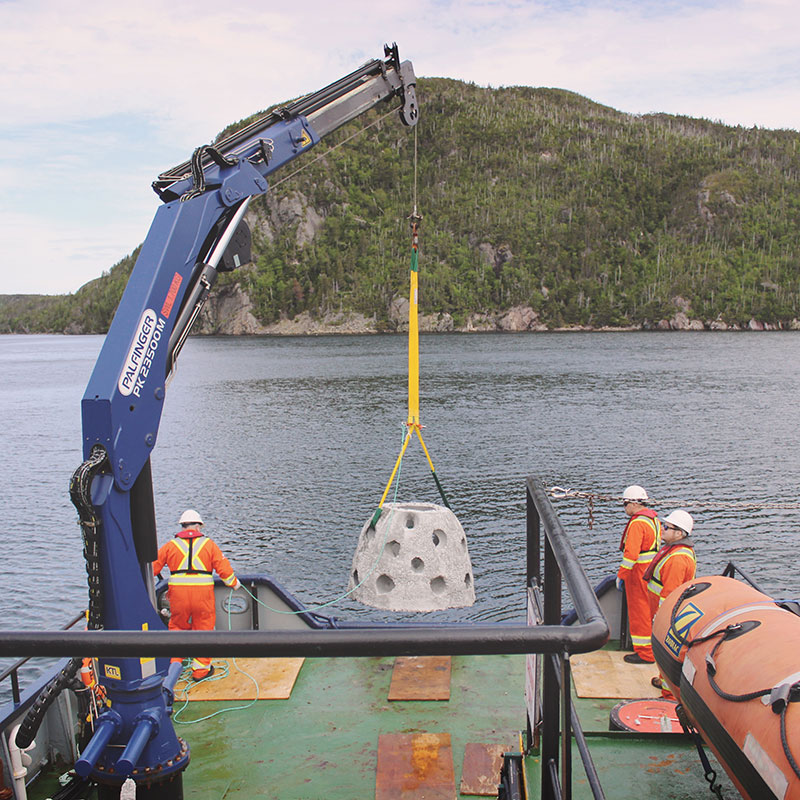
In addition to restoring eelgrass beds in Placentia Bay, N.L., the Marine Institute and its industry and community partners are building artificial reefs to create new fish habitats in the region as part of the federal government’s $71-million Coastal Restoration Fund
In addition to restoring eelgrass beds in Placentia Bay, N.L., the Marine Institute and its industry and community partners are building artificial reefs to create new fish habitats in the region as part of the federal government’s $71-million Coastal Restoration Fund.
In addition to restoring eelgrass beds in Placentia Bay, N.L., the Marine Institute and its industry and community partners are building artificial reefs to create new fish habitats in the region as part of the federal government’s $71-million Coastal Restoration Fund.
Restoring Hope
For Mr. Hussey, the project instills hope for the potential redevelopment of the coastal fishery.
“I think it’s going to help if we get this eelgrass back and get a handle on the green crab,” said Mr. Hussey. “Hopefully, if we get rid of these little critters, the future would be better for the fishery.”
Mr. March says the project is getting people more interested in the coastal area, and it’s building optimism for the restoration of the fisheries in Placentia Bay.
“It’s bringing back some interest in the ocean that might have been lost,” said Mr. March. “It’s helping the fishermen as well. It gives them some hope.”
Restoring Hope
For Mr. Hussey, the project instills hope for the potential redevelopment of the coastal fishery.
“I think it’s going to help if we get this eelgrass back and get a handle on the green crab,” said Mr. Hussey. “Hopefully, if we get rid of these little critters, the future would be better for the fishery.”
Mr. March says the project is getting people more interested in the coastal area, and it’s building optimism for the restoration of the fisheries in Placentia Bay.
“It’s bringing back some interest in the ocean that might have been lost,” said Mr. March. “It’s helping the fishermen as well. It gives them some hope.”
Restoring Hope
For Mr. Hussey, the project instills hope for the potential redevelopment of the coastal fishery.
“I think it’s going to help if we get this eelgrass back and get a handle on the green crab,” said Mr. Hussey. “Hopefully, if we get rid of these little critters, the future would be better for the fishery.”
Mr. March says the project is getting people more interested in the coastal area, and it’s building optimism for the restoration of the fisheries in Placentia Bay.
“It’s bringing back some interest in the ocean that might have been lost,” said Mr. March. “It’s helping the fishermen as well. It gives them some hope.”
MEMORIAL UNIVERSITY | Newfoundland and Labrador's University | OFFICE of THE PRESIDENT | president@mun.ca | 709 864 8212
MEMORIAL UNIVERSITY OF NEWFOUNDLAND | Newfoundland and Labrador's University | OFFICE of THE PRESIDENT | president@mun.ca | 709 864 8212
MEMORIAL UNIVERSITY OF NEWFOUNDLAND | Newfoundland and Labrador's University | OFFICE of THE PRESIDENT | president@mun.ca | 709 864 8212
MEMORIAL UNIVERSITY OF NEWFOUNDLAND | Newfoundland and Labrador's University
| OFFICE of THE PRESIDENT | president@mun.ca | 709 864 8212
OFFICE of THE PRESIDENT | president@mun.ca | 709 864 8212 |
MEMORIAL UNIVERSITY of NEWFOUNDLAND
